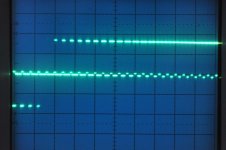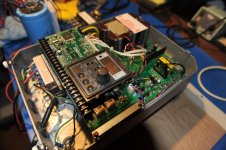1 Jaw Chuck (Chuck Evans)
Cast Iron
- Joined
- Jun 9, 2008
- Location
- Burbank, CA
I have a couple of VFD's sitting around that I want to reformat.
Both require 3 phase input and I was wondering if a standard single phase variac (0-250VAC) would work.
Would just connecting the single phase variac to T1, and T2 terminals do the trick?
Thanks in advance.
Chuck
Burbank CA
Both require 3 phase input and I was wondering if a standard single phase variac (0-250VAC) would work.
Would just connecting the single phase variac to T1, and T2 terminals do the trick?
Thanks in advance.
Chuck
Burbank CA





